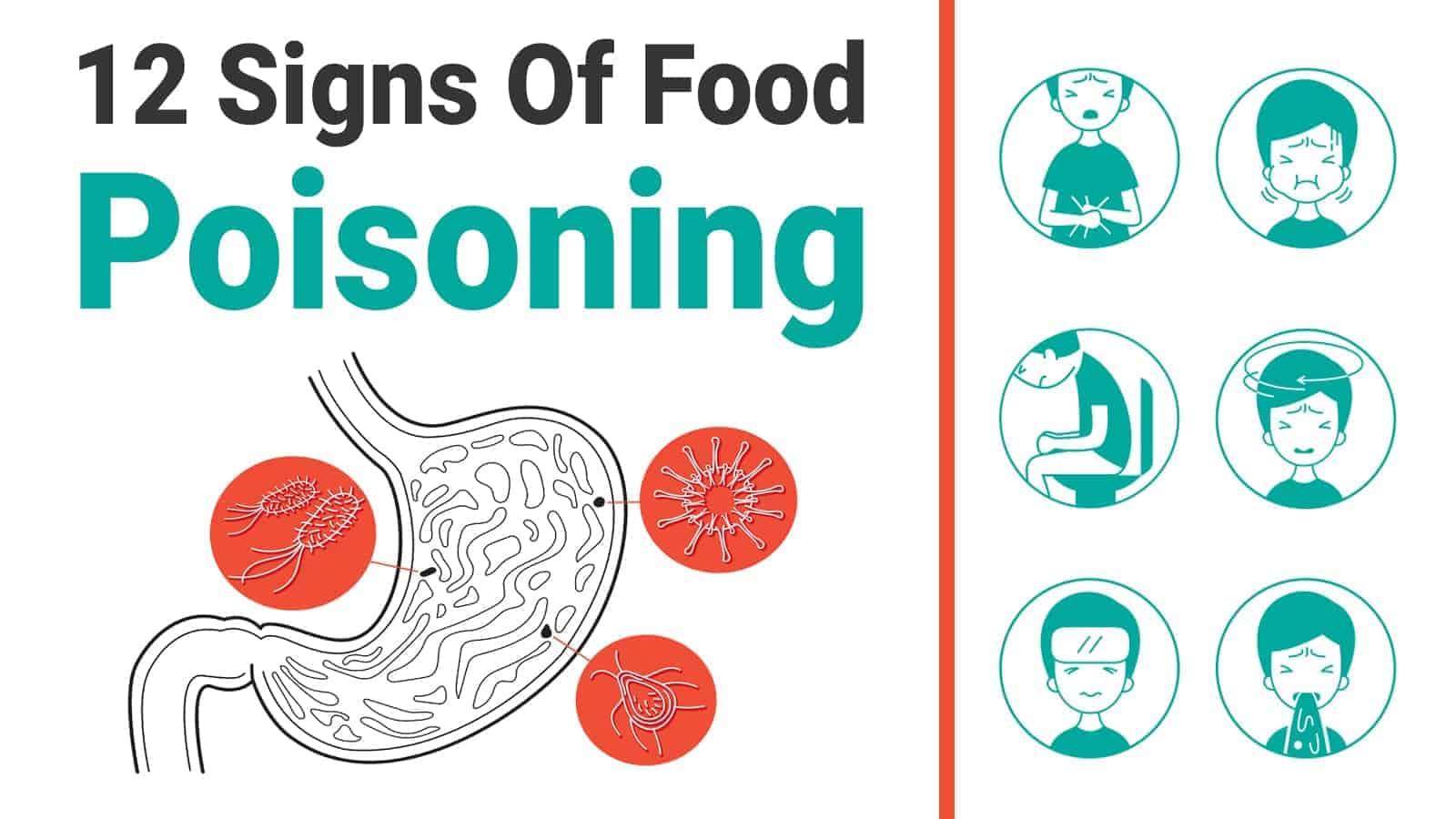



Found in raw produce, uncooked foods, contaminated water, and cooked foods that are not reheated after being touched by an infected food handler.(Shigella is sometimes called “bacillary dysentery”.) Shigella causes about 130,000 illnesses every year.Streptococcus is one of a few foodborne illnesses for which antibiotics are used.Onset and recovery are delayed for people who develop rheumatic fever. Symptoms usually begin in 1 - 3 days and begin to clear up in about four days.Symptoms are usually not severe in healthy people, but Streptococcus infections can be dangerous for elderly people or those with a major health condition. Symptoms include sore throat, pain while swallowing, fever, headache, nausea and vomiting, even a rash and symptoms of rheumatic fever.Illness is usually spread by food handlers and usually results from foods left at room temperature for too long. Found in dairy products (milk, ice cream, cream, custard), eggs, potato salad, egg salad, shrimp salad, ground ham, and rice pudding.Streptococcus causes about 240,000 - 250,000 illnesses every year, although most of those aren't foodborne.Usually symptoms go away on their own, but some people develop arthritis or a neurological condition called Guillain-Barré syndrome.Symptoms begin in 2 - 5 days and last from 2 - 10 days.Symptoms include fever, vomiting and diarrhea (which may be bloody), and abdominal cramps.Found in poultry (raw or undercooked), unpasteurized milk, and contaminated water.It is most common in children under 5 years old. Campylobacter causes about 850,000 illnesses every year.Symptoms begin about 8 - 16 hours after eating contaminated food and last for about 24 hours.Symptoms include severe abdominal pain and watery diarrhea.Found in meats, poultry, gravy, and other foods kept at room temperature too long.Clostridium perfringens causes about 970,000 illnesses every year.Symptoms begin about 6 - 48 hours after eating contaminated food and last for about 4 -7 days.Symptoms include fever and abdominal pain, vomiting, and diarrhea.Found in many foods, including unpasteurized milk or juice, cheese, eggs, poultry, contaminated raw produce, and peanut butter.Salmonella is the leading cause of hospitalization and of death due to foodborne illness. Salmonella causes about 1 million illnesses every year.Symptoms begin about 12 - 48 hours after eating contaminated food and last for about 12 - 60 hours.Symptoms include nausea, vomiting (especially in children), diarrhea (especially in adults), fever, and headache.Found in many foods, including raw produce, contaminated drinking water, shellfish from contaminated water, and food contaminated by a food handler and then not reheated.Norovirus causes about 5.5 million illnesses every year.Here are common causes of food poisoning in the US. What are the most common causes of food poisoning? Depending on the type of food poisoning, other symptoms are possible.Dehydration is especially serious for children and the elderly. This can cause weakness, tiredness, even an irregular heartbeat. If someone loses too much fluid, abnormal blood chemistry follows. Vomiting and diarrhea cause the body to lose a lot of fluid. One of the dangers of food poisoning is dehydration.These include nausea/upset stomach, stomach cramps, vomiting, and diarrhea. Most types of food poisoning cause gastrointestinal (GI) symptoms.people with a weak immune system, for example those with cancer, AIDS, diabetes, liver disease, or kidney disease.Food poisoning is especially dangerous for some groups of people, though: The foods most often involved in food poisoning deaths are poultry, dairy, vegetables that grow on vines or stalks, fruits and nuts, leafy vegetables, pork, eggs, fish, and beef.Īnyone who eats contaminated food is at risk. The foods most often involved in cases of food poisoning are leafy vegetables, dairy, fruits and nuts, poultry, vegetables that grow on vines or stalks, beef, eggs, pork, grains and beans, and root vegetables. What foods cause the most cases of food poisoning? Where can I find out about food recalls?.What should I do if I get food poisoning?.How can I tell if I have food poisoning?.How can I prevent food poisoning? Remember: Clean, Separate, Cook, and Chill!.What foods cause the most cases of food poisoning?.Here are some Frequently Asked Questions about foodborne illness: But most people don't want an encyclopedia of food poisoning (though such things exist). They include bacteria, viruses, pesticides, natural toxins, molds, parasites, and more. The causes of foodborne illness range from amebiasis and anthrax to vibrio and yersinia. It's no wonder that one in six Americans gets food poisoning every year There are more than 250 types of food poisoning.


 0 kommentar(er)
0 kommentar(er)
